Assassination & Death
The assassination of President Abraham Lincoln was a cause for national mourning. Within days of his death numerous eulogies had been delivered, all expressing grief over the loss of so great a leader. The bulk of the material contained in the Nathanson Collection reflects the shock and sadness of the event. The pamphlet titled the Terrible Tragedy at Washington: Assassination of President Lincoln28 sets out to describe in detail the events surrounding the murder of the President and the attack on the Secretary of State, William Seward.

By far the most numerous of the publications at this time were sermons and eulogies, a representative sample of which are on display.
Shown is a broadside announcing the funeral procession in Washington, on Wednesday, April 19, 1865 — quite formal, and very
inclusive.
Perhaps a more typical example is that advertising the funeral train's passing through the town of Herkimer in New York State — simple and to the
point.
The train left Washington April 21 and retraced Lincoln's 1861 route as President, excepting the cities of Pittsburgh and Cincinnati, Chicago being added to the itinerary. In addition to the President's coffin, the cortège included the exhumed remains of Willie, Lincoln's eleven-year-old son who had died in Washington in 1862. On Wednesday, April 26, 1865, the train passed through the New York town of Herkimer on its way from Albany towards Buffalo, and ultimately to Springfield, Illinois.
A superb example of a ceremonial march past is that representing the funeral procession in Columbus, Ohio, on
April 29. All the trappings of a military, state funeral are in evidence.
All the trappings of a military, state funeral are in evidence.
It is likely that bands accompanied the marchers and that they played music composed for the occasion, perhaps even the one created by Edward
Mack.29
Not everyone grieved over Lincoln's death nor condemned his assassin. An example of dissent is found in the broadside with the caption "True Democracy",
comparing John Wilkes Booth with Robert the Bruce (1274-1329), the warrior king who freed Scotland from English
domination.
28. The Terrible Tragedy at Washington: Assassination of President Lincoln; Last Hours and Death-bed Scenes of the President:
A Full and Graphic Account, from Reliable Authority, of this Great National Calamity: Attempt of the Conspirators to
Murder Secretary Seward, Vice-President Johnson, and the Whole Cabinet: A Biographical Sketch, with a Correct Likeness of All the Parties
in any way Connected with the Lamentable Event: To Which is Added An Authentic History of Assassins and the Distinguished Personages
of the World Who Have Fallen by Their Hands. Philadelphia: Barclay & Co., 1865.
29. Edward Mack, President Lincoln's Funeral March. Philadelphia: Lee & Walker, 1865.
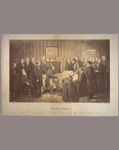
Death Bed of Lincoln

Ford Theatre Playbill, portrait of Lincoln, Lincolns arriving at theatre, leading leading - Laura Keene.

Taft Journal 01

Taft Journal 02

Taft Journal 03
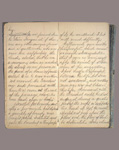
Taft Journal 04

Taft Journal 05

Taft Journal 06

Taft Journal 07

Taft Journal 08

Taft Journal 09

Taft Journal 10

The New York Herald
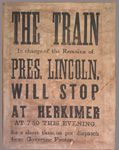
Broadside announcing the train.

Broadside. Funeral Procession. Washington, Wed. April 19, 1865.
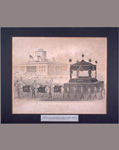
Funeral Car - used at the obsequies of the late Pres. A. Lincoln at Columbus O. April 29th 1865.

Union League of Rhode Island

Proclamation by the Governor of Rhode Island, J.Y. Smith. Day of Mourning.

Tributes of the Nations - Title Page
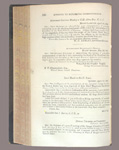
Tributes of the Nations - pg 184
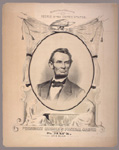
President Lincoln's Funeral March - pg 1

President Lincoln's Funeral March - pg 2

President Lincoln's Funeral March - pg 3

President Lincoln's Funeral March - pg 4

Lincoln Ribbon
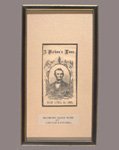
Mourning Badge

Assassination of President Lincoln